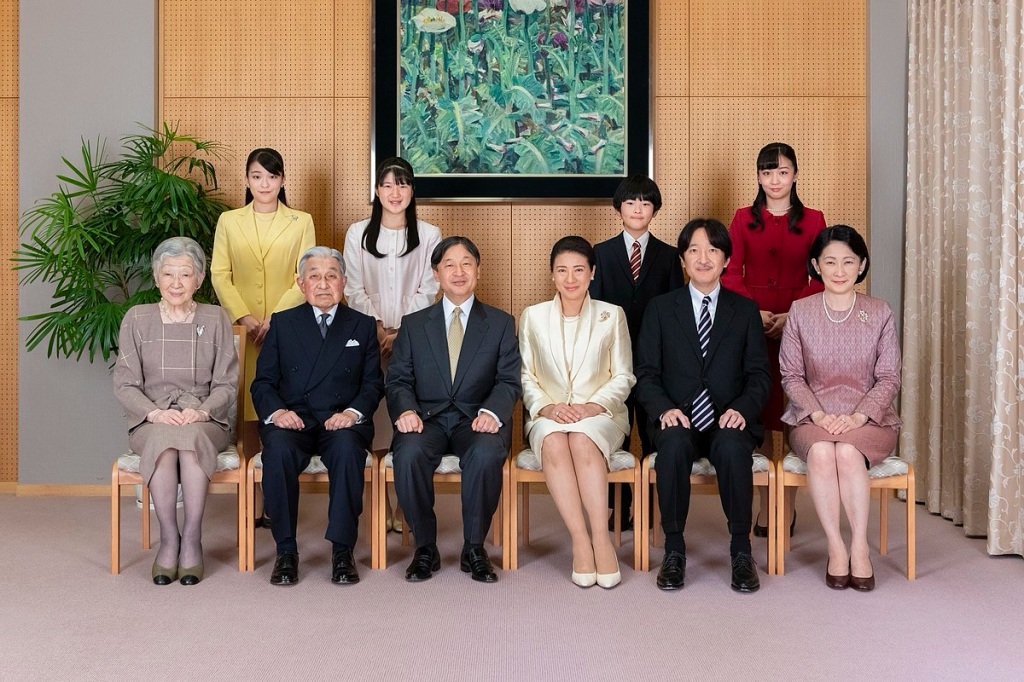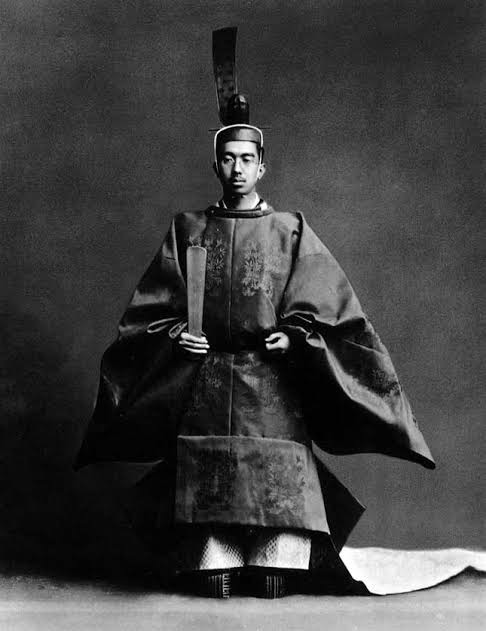For centuries, Japan’s political landscape has been defined by a complex interplay of power relations between the imperial dynasty and the shogunate, with both exerting influence and authority over the country’s governance. From the early feudal period to the contemporary age, Japan’s rulers have maintained a delicate balance of power, with fluctuations in leadership, alliances, and ideologies influencing the country’s trajectory. Join us as we explore the historical growth of Japan’s royal dynasty and shogunate authority, uncovering the complexities of who genuinely ruled Japan and had control over its fate.
The Imperial Family is a symbol of Japan’s sacred sovereignty

The imperial dynasty is at the heart of Japan’s governmental structure, with a genealogy dating back over 2,000 years, according to legend. As heirs of the mythological sun goddess Amaterasu, Japan’s monarchs have long been adored as celestial rulers who represent the country’s holy sovereignty and spiritual unification. Throughout much of Japan’s history, the emperor served as the ceremonial head of state, presiding over religious rituals, court ceremonies, and cultural traditions, while actual political authority was held by other ruling institutions, such as the shogunate.
Shogunate Powers: Military Rule and Feudal Governance

In contrast to the imperial family’s divine authority, during Japan’s feudal period, the shogunate arose as a military-led government with de facto control over the country’s governance and administration. The formation of the Kamakura Shogunate in the 12th century heralded the start of shogunal authority, as powerful military leaders known as shoguns grew to prominence, governing enormous regions and preserving order via military force. Subsequent shogunates, like as the Ashikaga and Tokugawa, strengthened the shogun’s control by instituting a system of feudal rule known as bakufu, or “tent government,” in which regional lords, or daimyo, promised fealty to the shogun in exchange for land and safety.
Tokugawa Shogunate: Centuries of Stability and Isolation

The Tokugawa Shogunate, often known as the Edo Shogunate, controlled Japan for more than 250 years, from the early 17th until the mid-nineteenth century. Under Tokugawa Ieyasu’s leadership, Japan experienced relative peace and stability, ushering in a period of tremendous economic progress, cultural blossoming, and societal order. The Tokugawa shoguns established tight social hierarchies, imposed isolationist policies to prevent foreign influence, and concentrated power in the hands of the shogunate, thus undermining the authority of the imperial court at Kyoto.
Restoration of Imperial Power: The Meiji Restoration and Modernization

With the Meiji Restoration in the late nineteenth century, the power dynamic between the imperial family and the shogunate changed dramatically. Faced with domestic turmoil, external pressures, and calls for modernization, Emperor Meiji and his followers staged a political coup that deposed the Tokugawa Shogunate and restored imperial authority to its former status. The Meiji Restoration marked the start of Japan’s rapid modernization and industrialization, with the imperial government implementing ambitious reforms to consolidate power, strengthen the military, and incorporate Western technologies and institutions.
Modern Period: The Imperial Family as Symbolic Figureheads

Following World War II and Japan’s surrender, the royal dynasty underwent dramatic modifications, with Emperor Hirohito abandoning his divine position and adopting a constitutional monarchy under Japan’s postwar constitution. Today, the imperial dynasty is a respected symbol of Japan’s cultural history and national identity, but political authority is exercised by the elected government and parliament, known as the Diet. Despite their ceremonial functions, the imperial family continues to play an important role in encouraging national unity, cultural diplomacy, and preserving Japan’s rich traditions and customs.
Conclusion
Finally, the power dynamics between Japan’s imperial family and the shogunate molded the country’s history, from feudalism and military control to modernization and constitutional monarchy. While the imperial family represents Japan’s sacred sovereignty and cultural continuity, the shogunate exercised practical power and governance over the country for much of its history. Throughout centuries of political progression and societal transformation, Japan’s rulers have negotiated a complex tapestry of power relations, leaving an indelible stamp on the country’s identity and destiny.
